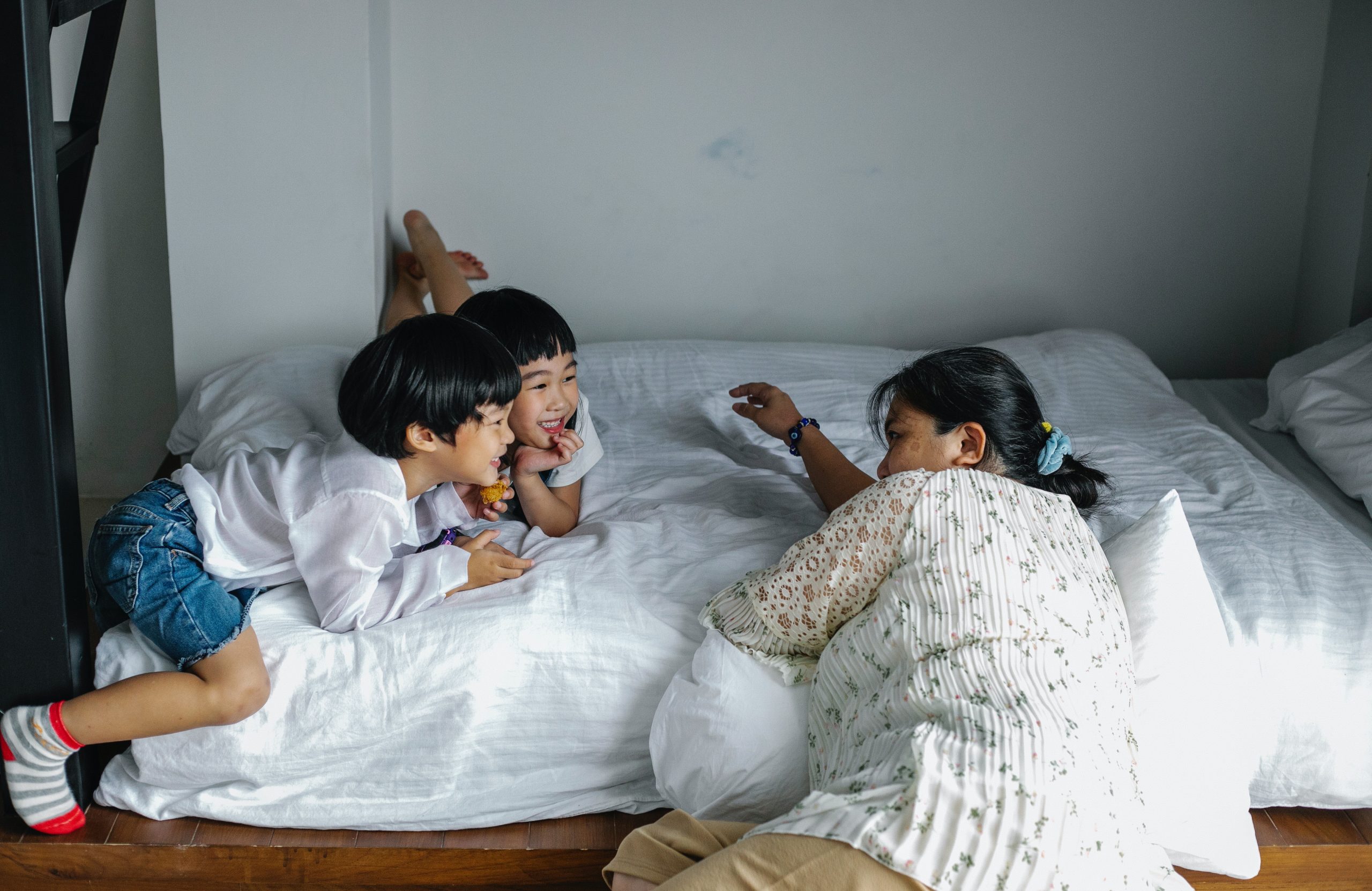Schools out! Whether it’s for a snow day, hurricane, or the more recent COVID-19 virus, when schools shut down it can be an unnerving and difficult time – for parents and for kids. Children and teens are more likely to be in unsafe situations when school is not in session because parents have to work and childcare can pose a challenge. Or children may be left to be cared for by unfamiliar relatives, neighbors, or babysitters.
During times and situations like these, we often see an increase in abuse. Unfamiliar caregivers may put children at a higher risk of sexual abuse, exploitation, or physical abuse.
Here are the facts:
- More than 3 million children are abused in the US every day.
- Approximately 90% of sexual abusers are known to the child, such as family members, family friends, babysitters, or neighbors.
- 30% of all child sexual abuse is perpetrated by an older or more powerful youth.
Entrusting someone to care for your children is often a difficult but necessary task. However, there are things you can do to help prevent the abuse or exploitation of your child in these situations:
Communication is Key:
- Use the MBF 5 Safety Rules to help with important safety conversations.
- Talk to any person who will be supervising your child, and let them Know What’s Up. Explain the rules you have set and your expectations of safety. Communicate these expectations to your child as well.
- Keep communication open between you and your children. Remind them if they do Spot Red Flags, they can Make a Move and Talk It Up to you or another Safe Adult. Also, emphasize the No Blame | No Shame Safety Rule – they are never to blame if anything happens to them because adults are responsible for keeping them safe.
- Talk to your child about real-world dangers. Remind them that the rules you establish apply at all times (for their safety), whether you are at home or not, including if they are online.
Make A Move:
- When possible, drop in unannounced at different times to ensure your child is being cared for and is happy and safe. Darkness to Light suggests that keeping those one-on-one times “observable and interruptible” is the safer way to manage alone time and to help prevent abuse.
- Make sure your child knows how to Make a Move and Get Away from unsafe situations or inappropriate content, in real life or online.
- Remind your child that if they Spot Red Flags or feel unsafe or uncomfortable at any time, to let you know so you can come pick them up or make other arrangements. It may be helpful to establish a code word they can text to you or call you with.
Trust But Verify:
- Ensure that your child knows your contact info, your address, and other relevant personal information in case of an emergency.
- Make sure the caregiver knows you expect them to check-in at regular intervals. It may also be helpful to set up a regular schedule for them to check-in.
- Remind your child (and the caregiver) that your child is not to be left alone, or left with anyone you don’t know or don’t approve of, at any time.
All children deserve to be safe from physical harm, sexual abuse, and exploitation always! During these [sometimes unexpected] times when children and teens will be home for an extended period of time, often without parents present, we must maintain a high standard of safety to protect children. Our Prevent 360° partner, Darkness to Light, laid out additional protective steps that you can take during the coronavirus pandemic to keep your child as safe as possible during this temporary “new normal” of social distancing. Read more HERE.
Additional Resources:
Darkness to Light – Taking Protective Steps During the Coronavirus Pandemic
Discussing Sensitive Topics With Children
Categorized in: Blog, Child Abuse, Child Sexual Abuse, Exploitation


